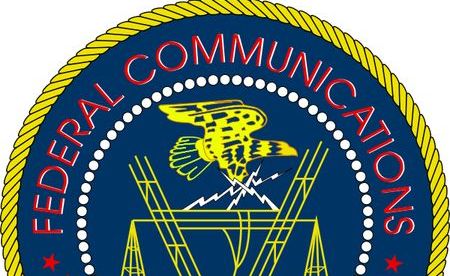Many Roads Lead to Net Neutrality

WASHINGTON — The Federal Communications Commission has wrapped up its Internet neutrality forums with plenty to contemplate, including a variety of cures for what the agency believes is ailing the Internet.
Among those cures is a hybrid version of net neutrality applying rules based on both Title II and Section 706 of the Telecommunications Act — the former to traffic between ISPs and edge providers, the latter to the “last-mile” connection between Internetservice providers and subscribers.
The FCC’s final net-neutrality forum last week focused on legal options for restoring new rules, so Title II vs. Section 706 got a lot of attention, but so did hybrid models.
The forum started out well for cable operators backing regulation under Section 706, which authorizes the FCC to determine whether “advanced telecommunications capability” — i.e., broadband — is being deployed to all Americans in a reasonable and timely fashion.
‘SUBSTANTATIVE POWER’
FCC general counsel Jonathan Sallet said that according to his reading of the U.S. Court of Appeals for the D.C. Circuit’s decision overturning the agency’s 2010 Open Internet Order, the agency had “substantive power” under that section to protect the “virtuous circle” of innovation and broadband adoption.
But the court also talked about ISPs as a threat to Internet openness, Sallet added.
Multichannel Newsletter
The smarter way to stay on top of the multichannel video marketplace. Sign up below.
The options the FCC appears to be considering include using that Section 706 authority, as FCC chairman Tom Wheeler initially proposed; reclassifying ISPs as common carriers akin to incumbent phone companies under Title II of the Telecom Act; or perhaps some combination of the two.
One proposal is a Title II “insurance” option in which the FCC would reclassify ISPs under Title II, but forbearing all common- carrier regulations and restoring the no-blocking and no unreasonable discrimination rules under Section 706 instead. If a court threw out the rules — as it did in 2010 — the FCC could un-forbear Title II and justify them that way.
Another option would be to “split the baby,” something the FCC did not do the first time around. That would be to classify the relationship between the ISPs and users under Section 706 information-services regulations, but classify the relationship between ISPs and edge providers as a common-carrier telecom service under Title II.
Others are pushing a proposal that would reclassify the link under Title II, but would forbear most of those regulations. Another proposal by AT&T does not involve Title II, but would effectively ban paid prioritization by ISPs, or at least set a very high bar, while allowing for user-directed priority.
But anything with Title II on it might as well be marked “poison” as far as ISPs and their allies are concerned.
Wheeler has proposed a Section 706 approach to the new rules that would disallow blocking but allow for commercially reasonable discrimination beyond a baseline of level service. The court signaled that a flat ban on prioritization would be hard to sustain under Section 706, because it smacked of common carriage (Title II) regulation.
Tim Wu, the Columbia University Law School professor generally acknowledged as having coined the term “net neutrality,” argued for a hybrid approach, which he said had the best chance of being legally sustainable.
The FCC has previously found that Internet access could not be separated into transmission and content, but Wu said that so called “sender-side” relationships give the FCC a chance to weigh in for the first time on what the ISP/edge relationship is. That means it could classify that as a telecom service under Title II with low legal risk because it would likely get so-called Chevron deference (that is, federal judges’ general deference to expert agencies) from the courts for making that call, Wu said.
Gus Hurwitz, assistant professor of law at the Nebraska College of Law, had issues with the hybrid approach. He said it was legally plausible, but not sound. He suggested Chevron deference from the courts is hardly a given, pointing out that the definition of that deference was evolving.
‘BRAND X’ PRECEDENT
Thomas Navin, a partner at Wiley Rein and former chief of the FCC’s Wireline Competition Bureau, said the Supreme Court had already weighed in on the definition of ISP in the its 2005 Brand X Internet Services vs. FCC ruling, which said federal regulators could block competing ISPs from their networks.
“The Brand X decision sustained the commission’s determination that what the wireline broadband Internet access provider is providing to the end user customer is an information service, not a telecommunications service, and that’s significant,” he said. “I don’t think you’d be able to get by that obstacle.”
Contributing editor John Eggerton has been an editor and/or writer on media regulation, legislation and policy for over four decades, including covering the FCC, FTC, Congress, the major media trade associations, and the federal courts. In addition to Multichannel News and Broadcasting + Cable, his work has appeared in Radio World, TV Technology, TV Fax, This Week in Consumer Electronics, Variety and the Encyclopedia Britannica.

